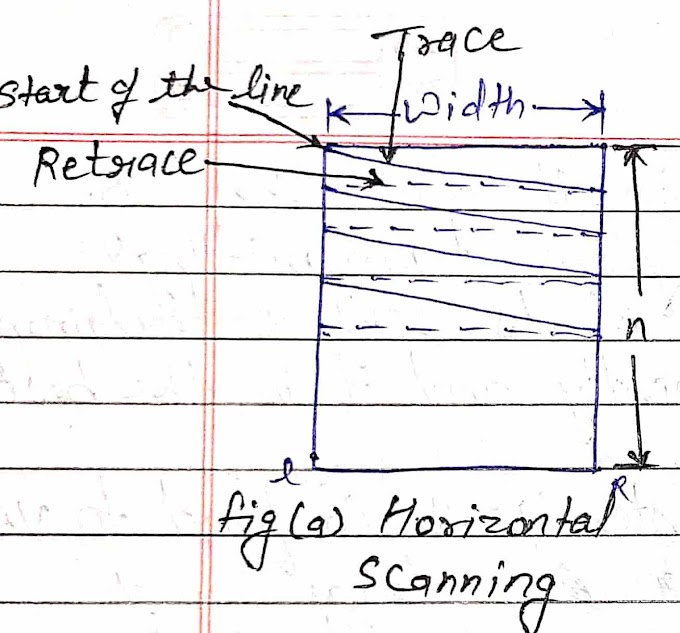INTRODUCTION:-
Collector current of transistor are flows only in the positive half cycle of the input signal , then the amplifier is known as Class B push pull amplifier.
 |
| Circuit diagram of CLASS B push pull amplifier |
Short term:-
- It consists two identical transistor.
- Transistor bases are connected to the secondary of the center - tapped input transformer Tr1.
- Here ,when positive half cycle are in working at that time negative half cycle are totally absent.
- when negative half cycle are in working at that time positive half cycle are totally absent.
Working:-
We have seen that class a push pull amplifier reduces the harmonic distortion but the conversion efficiency is only 50% to increase the efficiency and output power for given transistor dissipation capability class B push pull amplifier is used.
The circuit arrangement of class B push pull amplifier is same as class A push pull amplifier except that the transistor are Biased at cutoff. This is done by providing zero bias on the base of each transistor by connecting the base and emitter together. The base of the two common emitter (CE) together connected identical transistor has been connected to the opposite ends of the secondary of the input Transformer Tr1 and Collector ends of primary of output Transformer Tr2.
The emitter of transistor are connected to the centre tapped of the secondary of transformer Tr1 and Vcc is connected to the centre tapped of primary of a transformer Tr2.
Circuit operation:-
When no signal is applied both the transistor are cutoff . Hence no current is drawn from the supply source so there is no power wastage on standby. When the input signal is applied the fase splitter transformer Tr1 produces two signal Which are 180° out of phase with each other. The transistor T1 conduct because its base is driven positive. Now collector current Ic flows and Ic2 is zero.





0 Comments